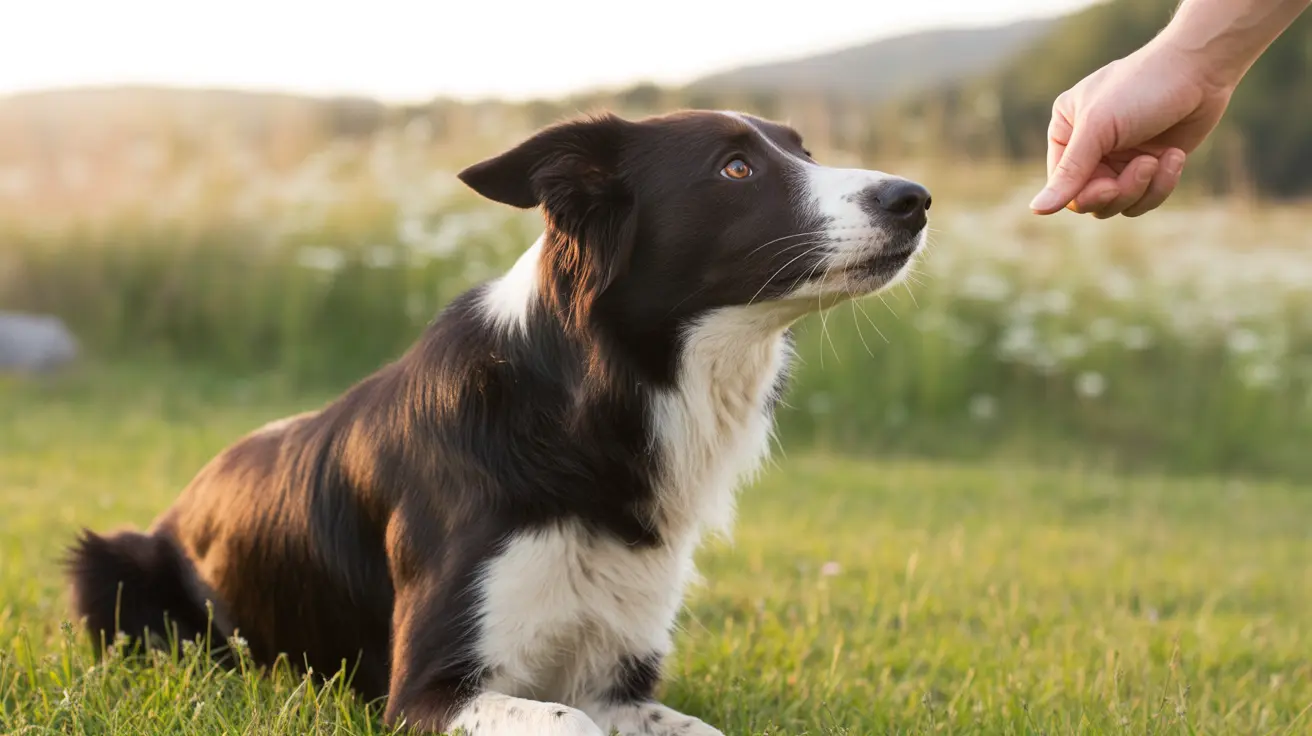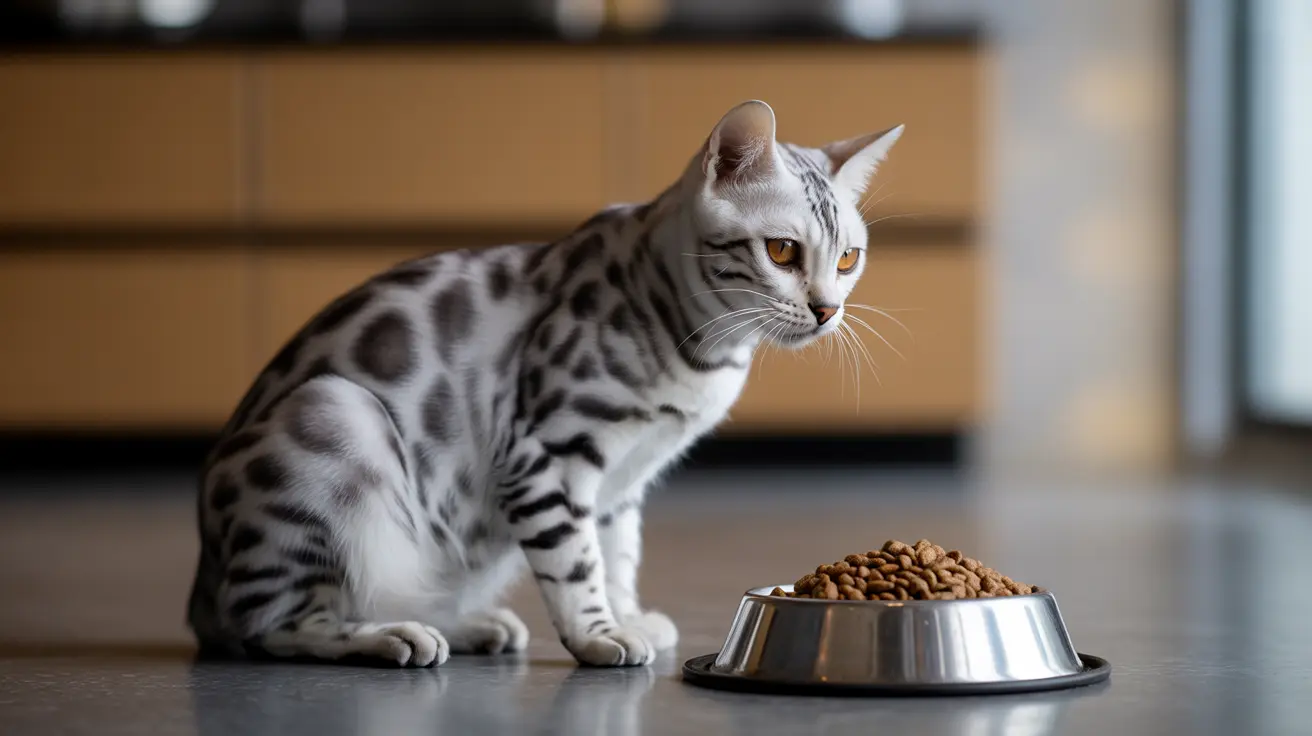The Most Challenging Command to Teach Your Dog: 'Put Your Toys Away'
Training your dog goes beyond basic obedience. While commands like sit, stay, and come are staples in any training routine, pet owners often seek new ways to mentally stimulate their canine companions—especially indoors. One of the most difficult and cognitively demanding commands to master is 'put your toys away.'
Why Is This Command So Challenging?
At first glance, putting toys in a box might seem simple, but it combines several complex behaviors and advanced levels of training. Here's why it's particularly tricky:
- Multiple Steps Required: Dogs must learn to pick up a toy, carry it, walk to a toy box, and drop it inside—all distinct actions that must be chained together.
- Object Recognition: The command often begins with the dog recognizing specific toys by name or appearance.
- Precision Matters: Unlike fetching, this command demands accuracy—placing an item in a designated location.
- Delayed Reward: Unlike simpler commands that offer instant gratification, 'put it away' may only be rewarded after several steps are completed, requiring strong impulse control.
How Does It Stimulate a Dog Mentally?
Teaching your dog to put away toys is a form of enrichment training that stimulates their problem-solving abilities and enhances mental focus. This is essential, especially when outdoor playtime is limited. Dogs need both physical and mental engagement to stay healthy and prevent destructive behaviors like chewing furniture or barking excessively.
Steps to Teaching the 'Put It Away' Command
While demanding, teaching this command is possible through structured practice and positive reinforcement. Here’s a step-by-step method:
- Introduce the Toy: Let your dog get familiar with the toy and name it.
- Teach the Pick-Up: Use commands like 'take it' or 'pick up' along with a clicker or treat reinforcement.
- Guide to the Box: Walk with your dog to the toy box, using a consistent phrase such as 'bring it here.'
- Teach the Drop: Practice 'drop it' over the box. Start by rewarding *any* drop before refining it to 'inside the box.'
- Chain the Behaviors: Once your dog is consistent, start linking the steps together into one seamless sequence.
Tips to Improve Training Success
- Use One Toy at First: Avoid confusion by practicing with a single toy until the dog masters the action.
- Establish Cue Words: Use clear and consistent phrases for each step in the sequence.
- Incorporate Fun: Treat the process like a game to keep your dog engaged and reduce frustration levels.
- Be Patient: This is a complex behavior; it may take several weeks of daily 5–10 minute sessions to induce reliability.
Benefits Beyond the Command
Besides tidying up your living room, teaching a dog to clean up their toys has broader benefits:
- Improves Cognitive Function: Mental workouts keep your dog sharp and curious.
- Strengthens Bond: Training builds trust and enhances communication between you and your dog.
- Increases Motivation: Dogs who learn multiple-step actions remain interested in training as a source of fun and reward.
Incorporating the Command Into Daily Routines
Many indoor games and training activities can supplement your efforts to teach complex commands like 'put away your toys.' For example:
- Puzzle toys stimulate cognitive engagement before or after training.
- Scent work games like treasure hunts can help enhance focus and object interaction.
- Indoor obstacle courses keep your dog physically agile, a bonus for dogs working on movement-based cues.
Conclusion
Though commands like 'down' or 'stay' are essentials, the 'put your toys away' command stands out as one of the most intricate and enriching exports from obedience training. It engages your dog’s mental sharpness, coordination, and problem-solving skills. While it may require more patience, consistency, and creativity than simpler commands, the end result is a tidier home and a smarter, happier dog.





